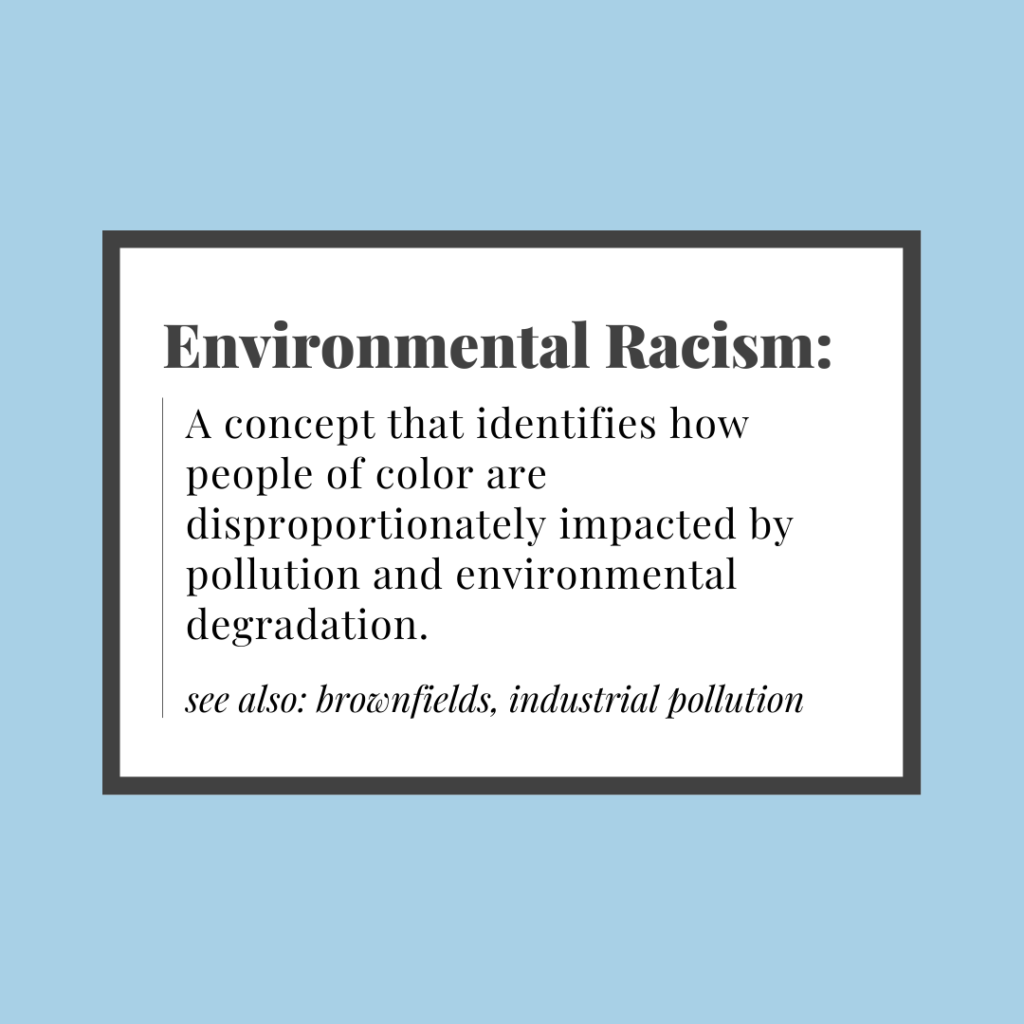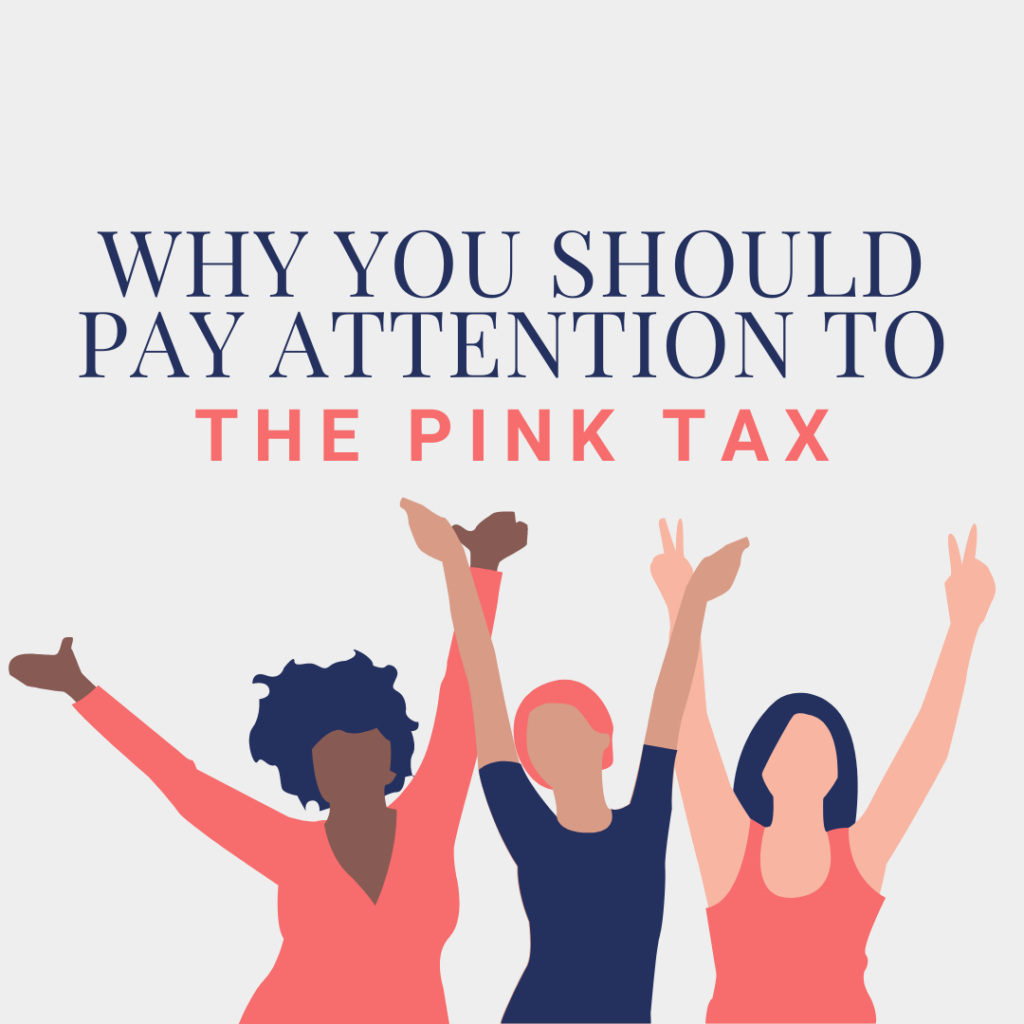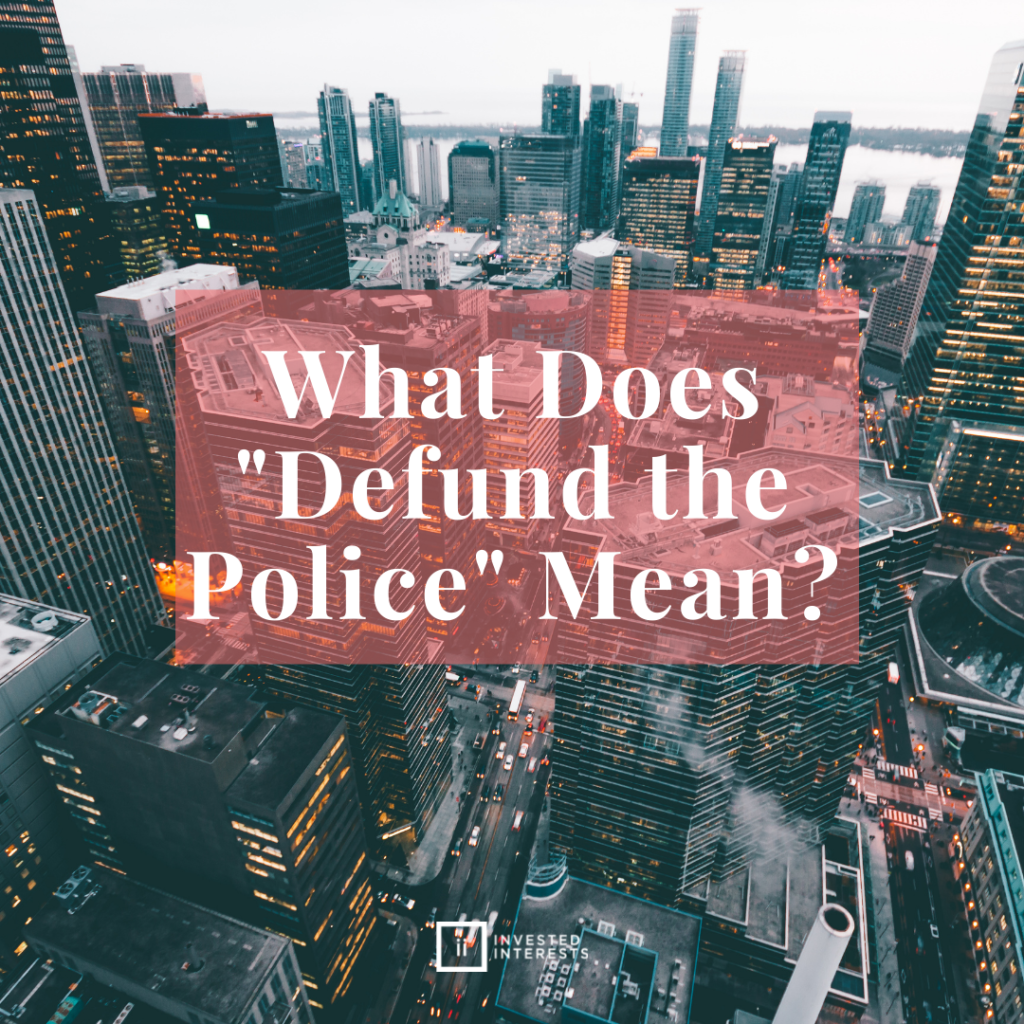At this point, nearly everyone knows what climate change is. However, when we talk about climate change, the conversation usually covers how environmental degradation affects everyone. And, while it is true that climate change does impact the entire globe, it is also important to recognize that the effects of climate change are not equally distributed across the world. This is where environmental racism is incredibly important.
The United States’ history of systemic racism and reliance on fossil fuels makes environmental racism especially prominent.
What is Environmental Racism?
Environmental racism is a concept that identifies how people of color are disproportionately impacted by pollution and environmental degradation. Moreover, those who are a part of these communities and are impacted by these hazards often do not receive support as effectively as those in more wealthy areas.
In the United States, a country founded on the exploitation of Indigenous Americans and Black people, environmental racism is especially prevalent. Even in 2021, environmental racism is prominent in communities of color.
According to a recent report by Dig Deep and the U.S. Water Alliance, “race is still the strongest determinant” to access safe potable water. And, multiple studies have shown that air quality is better in predominantly white neighborhoods than in predominately Latinx and Black neighborhoods.
This is not accidental. Neighborhoods of color have been systemically stripped of resources and divested for decades.
Environmental Racism in Real-Time
Remember back in 2014-2015 when news broke out about Flint, Michigan’s water crisis? This horrible event is an example of environmental racism. Let’s refresh our memories about the context of the incident.
The crisis began in 2013 when a state-appointed official decided to change the city’s water supply to the Flint River to save money. However, the switch was not officially made until April of 2014. Long story short, the water was not treated properly, which led to harmful chemicals leaking into the water and making people sick.
What made this incident worse was when Flint residents began to file complaints regarding the quality of the water. State officials ignored the complaints by publicly dismissing residents and falsely assuring them everything was fine. State officials deemed the water crisis to not be a top priority for them, so action was not taken until October of 2015, more than a year later.
It should be noted that Flint’s population primarily consists of people of color. Many people believe that state officials would have acted more appropriately if the population was primarily rich and white. Flint has often been used as an example of environmental racism since residents who used the water became very ill and officials continually wrote them off.
Fighting for Environmental Justice
By learning the systemic injustices against neighborhoods of color, we can better understand the fight for environmental justice. Environmental justice is a social movement pushing for restorative actions in environmental legislation.
The environmental justice movement recognizes the role of racism and classism in the climate change crisis. This movement began in the 1960s when people of color began to fight against hazardous chemicals and pollutants that they were disproportionately exposed to. To create a more equitable environment, we need to amplify the voices of climate activists in historically and presently polluted areas, redistribute environmental resources into highly polluted communities, and champion environmentally conscious changes to our system.
What Can You Do to Fight Environmental Racism?
There are many amazing organizations that work to fight environmental racism and injustice. Here are just a few:
- Black Millenials for Flint
- This organization brings together other groups and people together to fight against lead exposure, which disproportionately affects Black and Latinx communities.
- Environmental Justice Foundation
- This organization works to protect both the people and the planet by uncovering environmental and human rights issues to lead a massive change.
- Indigenous Environmental Network
- This group works to address environmental justice issues that impact indigenous communities in the United States.
By supporting these organizations and others like them, you can help to make a difference. Environmental racism is still prevalent in 2021, and it will take everyone to create change. Climate change is real, it is really affecting our economy and our people.
To learn more about how to affect climate change with your investments, reach out to our team, and let’s set up a time to talk. There are many ways to combat environmental racism, climate change, and the movements that matter.




